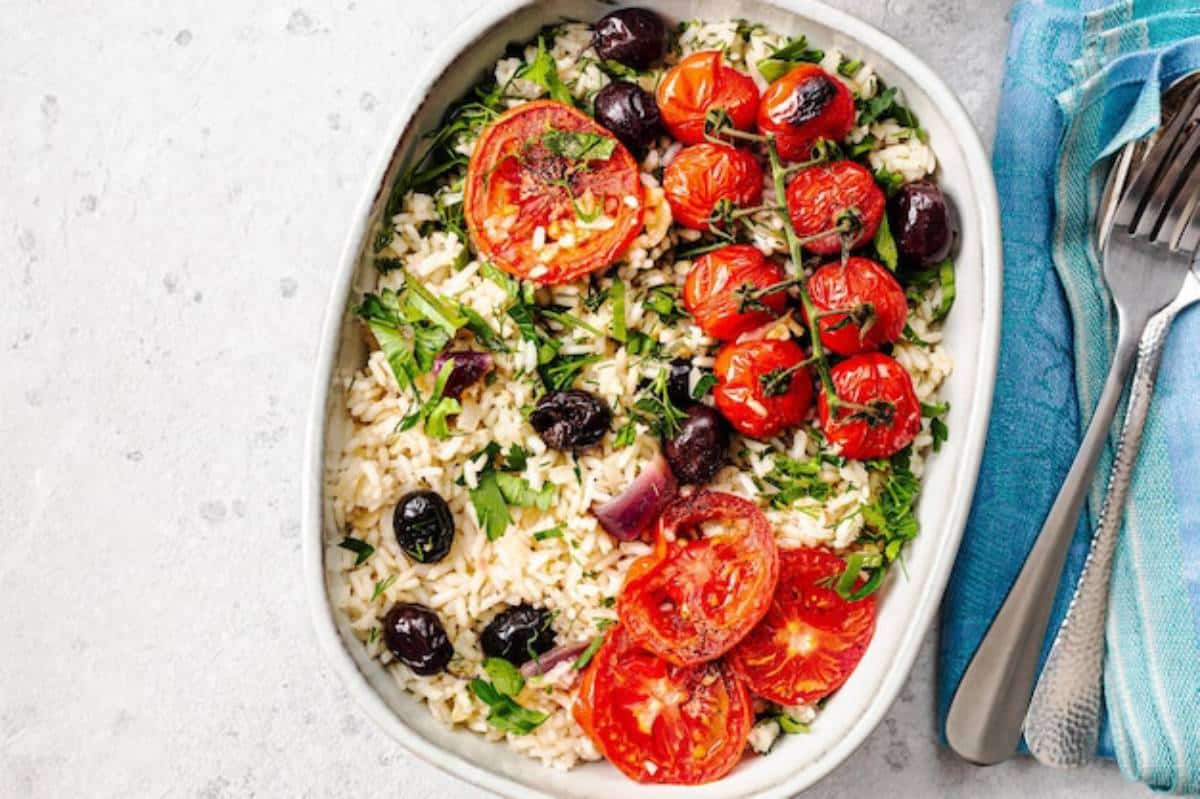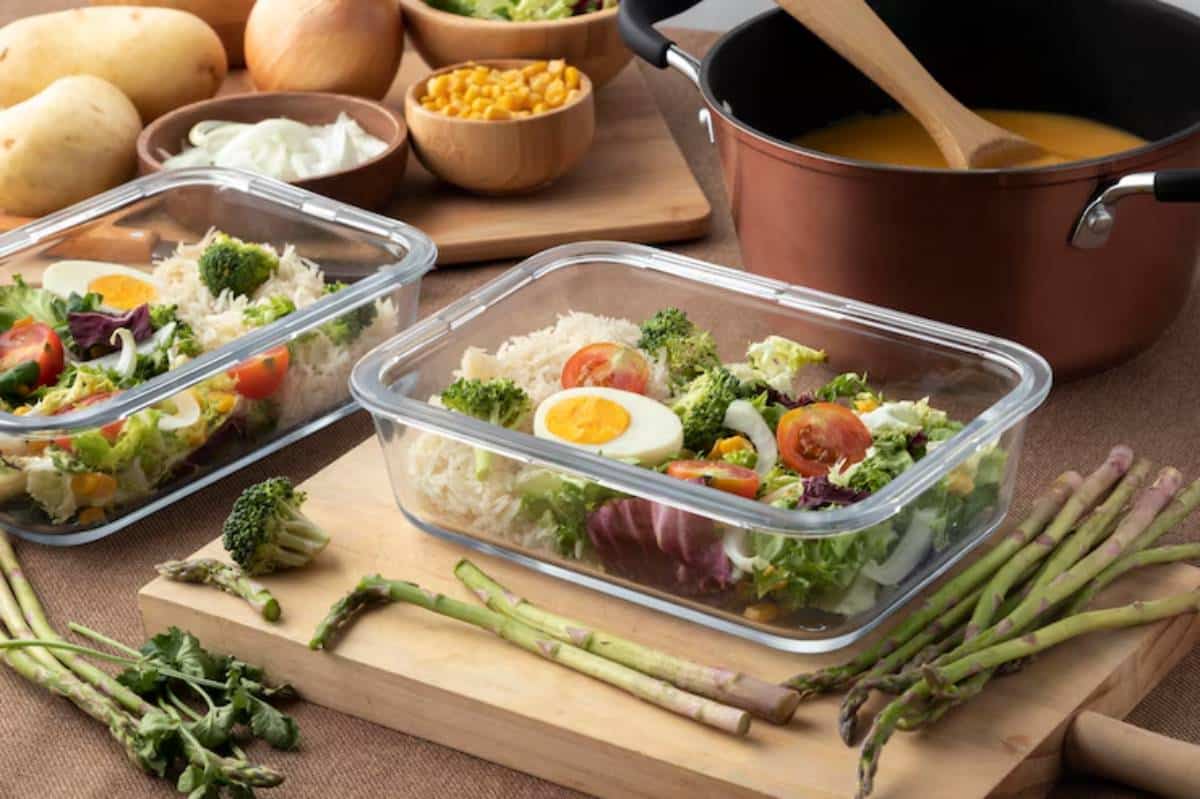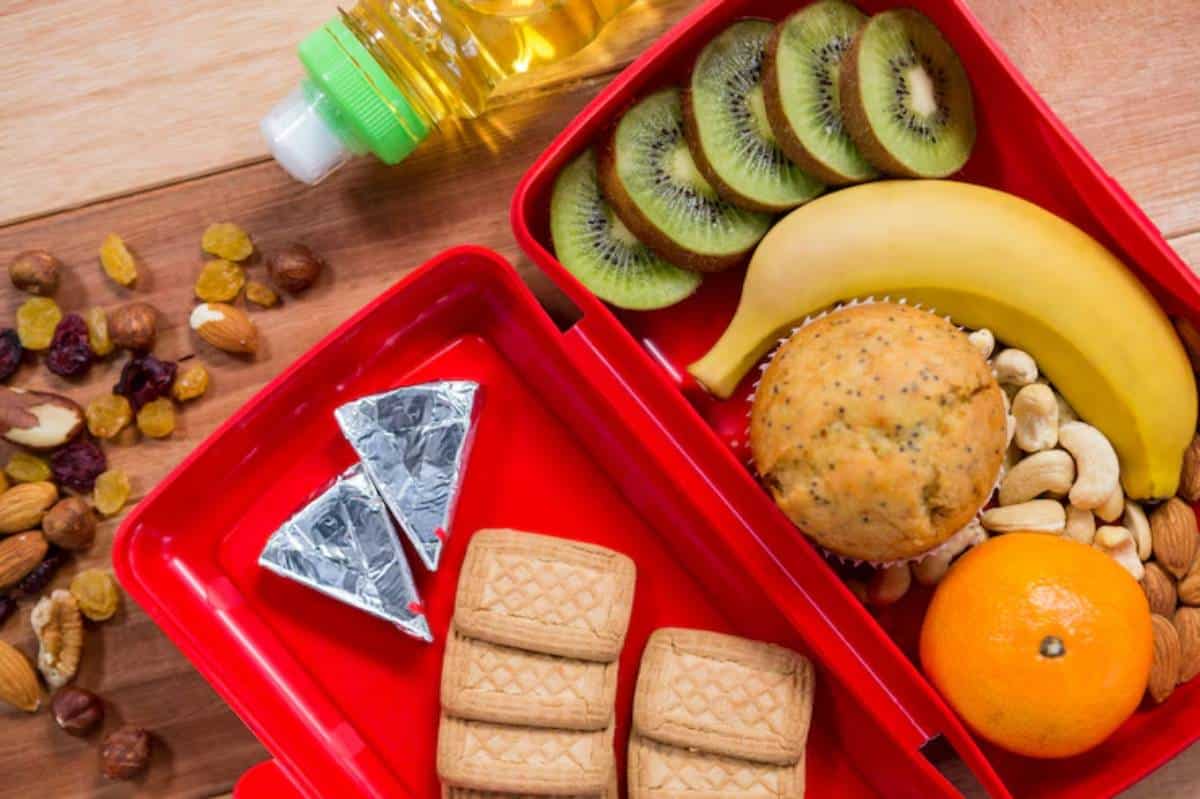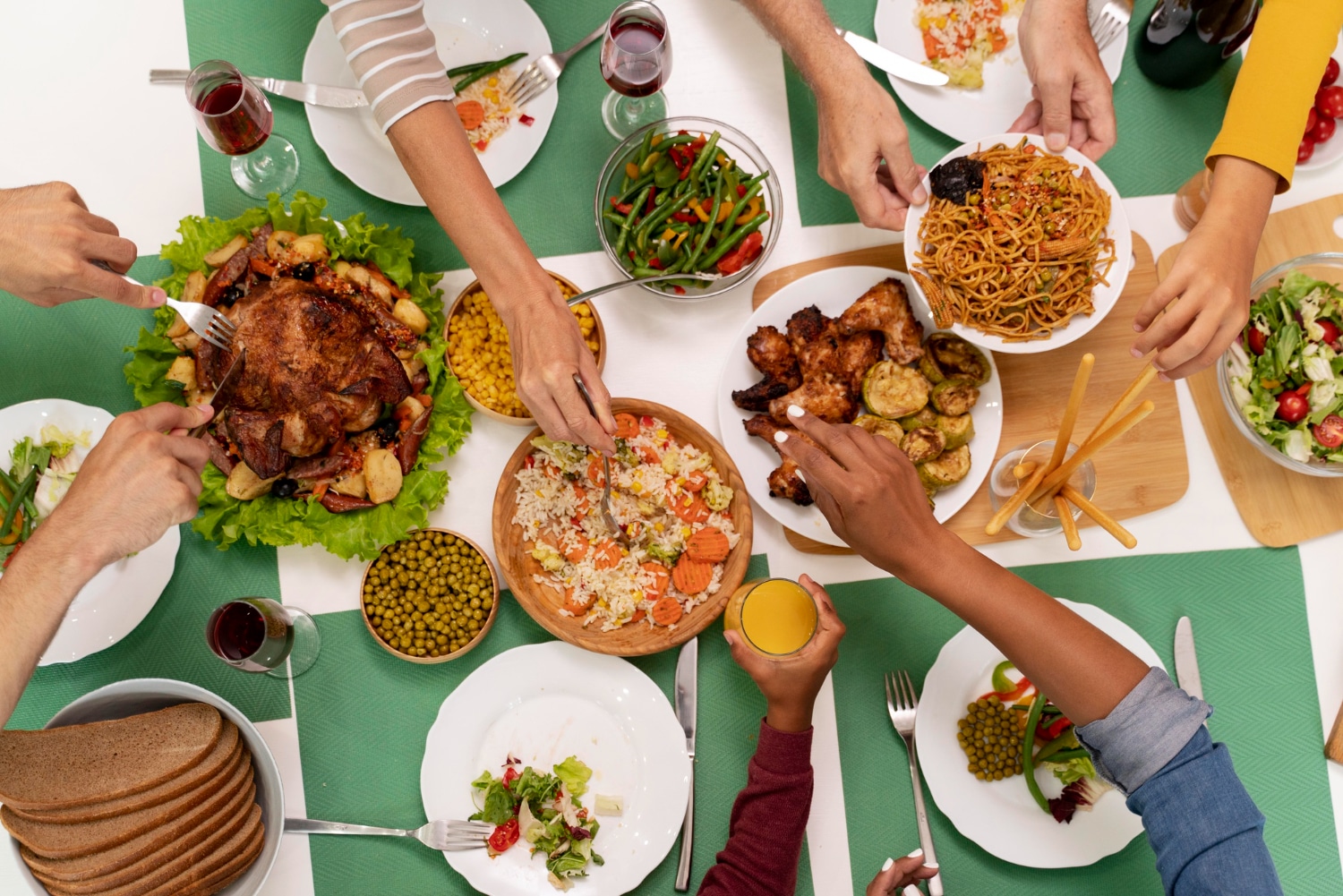
How to Rotate Lunches Without Getting Bored
You reach for your lunch, open the lid, and sigh. It’s the same chicken sandwich, again. Whether you’re prepping for work, school, or a busy day on the go, lunch fatigue is real. Even the most committed meal-preppers get stuck in a rut.
But lunch doesn’t have to be repetitive or uninspired. With a bit of planning and some clever lunch variety hacks, you can rotate your meals, keep your taste buds interested, and still meet your nutritional goals.
This guide offers expert-backed strategies and actionable ideas for rotating lunches without creating extra work — and without relying on takeout.
Understanding the Core: Why Rotation Matters
Rotating meals isn’t just about avoiding boredom. It also supports:
- Better nutrition – Diversity in your diet ensures a wider range of vitamins, minerals, and fibre.
- Improved digestion – Eating the same thing daily can tax your gut microbiome.
- Greater satisfaction – Enjoying what you eat reduces the urge to snack unnecessarily.
According to registered nutritionists, meal variation helps your body respond more flexibly to energy needs and prevents “palate burnout,” a condition where you start eating out of habit rather than hunger.
Quick Guide: Lunch Rotation Made Easy
- Use a 5-day rotating template based on proteins or cuisine themes.
- Batch-prep versatile ingredients and remix throughout the week.
- Try new textures and temperatures: hot meals, cold salads, wraps, bowls.
- Create custom “meal categories” — e.g., ‘wrap day,’ ‘bowl day,’ ‘no-heat day.’
- Rotate sauces, dips, and toppings to transform base ingredients.
- Plan seasonal switches using produce and pantry swaps.
- Schedule a weekly “new try” slot to build novelty into your lunch habit.
Step-by-Step Guide: How to Practise Lunch Rotation
Step 1: Build a Weekly Rotation Template
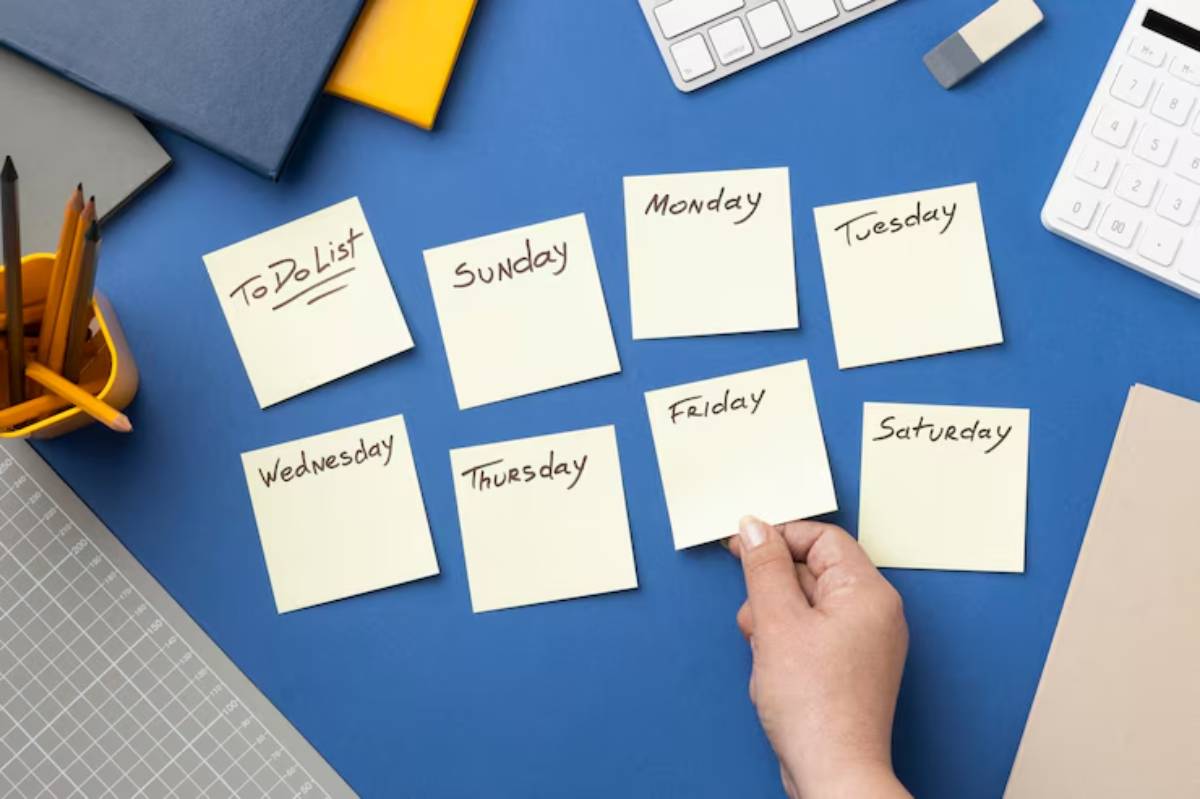
Rather than planning each lunch from scratch, start with a framework.
Example:
- Monday: Grain bowls (e.g., quinoa, brown rice, freekeh)
- Tuesday: Wraps or pittas
- Wednesday: Hearty salads
- Thursday: Pasta-based dishes
- Friday: Leftover remix or snack-style bento box
This keeps decision fatigue low while allowing plenty of variety.
Pro Tip: Add a theme to each day — like “Mediterranean Tuesday” or “Plant-Based Thursday” — to inspire variety and creativity.
Step 2: Prep Base Ingredients, Not Full Meals
Instead of packing five full meals in advance, prep modular ingredients:
- Proteins: Roast chicken, boiled eggs, chickpeas, tempeh
- Carbs: Sweet potato, rice, wholemeal wraps, couscous
- Veg: Mixed greens, grilled peppers, shredded carrots, cucumber
- Fats: Avocado, hummus, olives, feta
Mix and match these based on your mood and cravings.
Step 3: Explore Global Cuisines
Rotating cuisines is a foolproof way to keep lunches exciting.
Try:
- Mexican: Bean burritos, corn salad, guacamole
- Japanese: Edamame, teriyaki tofu, soba noodles
- Indian: Tikka-style chickpeas, cucumber raita, spiced rice
- Middle Eastern: Falafel, tabbouleh, hummus, tahini dressing
Even small swaps in spices or condiments make a big difference.
Step 4: Master the “Sauce Flip”
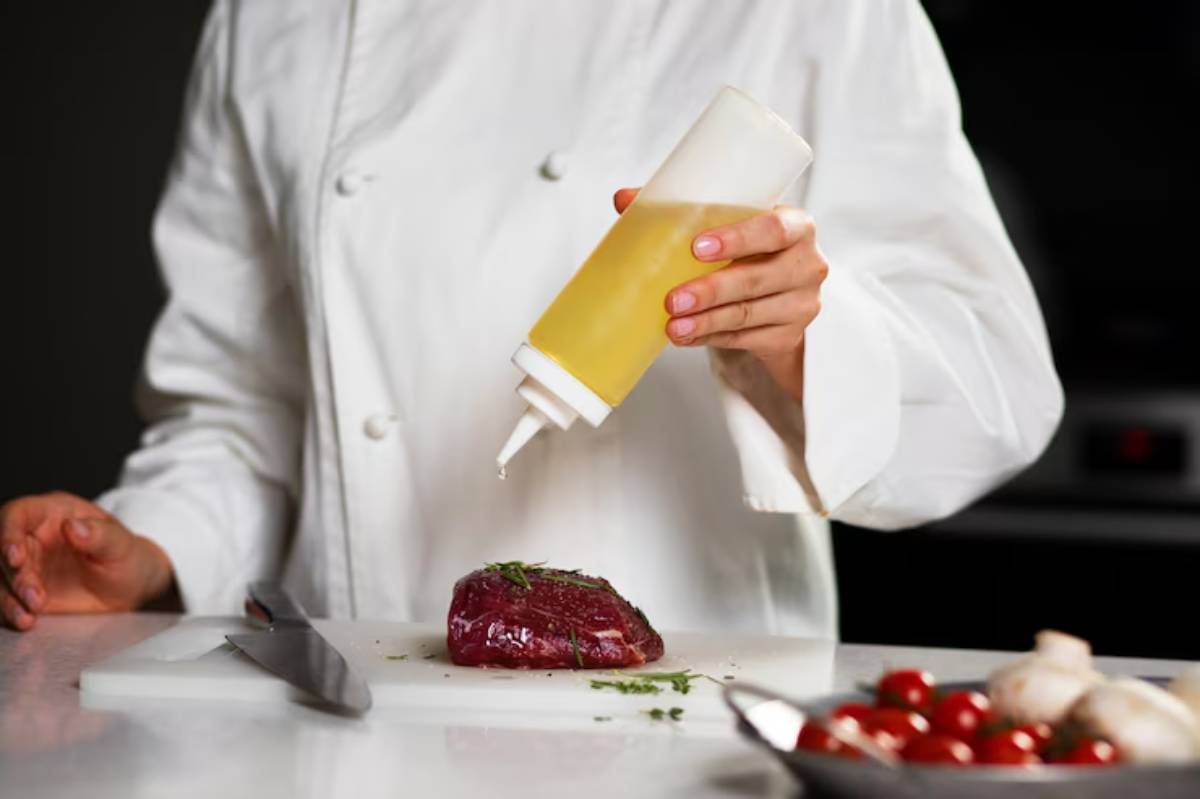
One of the fastest ways to transform a meal is by switching the dressing or sauce.
Example: A simple grain bowl of rice, chicken,
And veg can become:
- Thai-inspired with peanut sauce and lime
- Mediterranean with olive oil, oregano, and lemon
- Middle Eastern with tahini and sumac
Important: Keep 2–3 sauces on hand during the week to mix things up with minimal effort.
Step 5: Don’t Repeat Textures Every Day
Texture matters as much as flavour.
Rotate between:
- Crunchy (slaws, crackers, granola toppings)
- Creamy (yoghurts, dips, avocado)
- Soft (roasted vegetables, couscous)
- Chewy (tofu, meatballs, halloumi)
Changing the mouthfeel of your meal keeps it exciting, even if the ingredients overlap.
Step 6: Reuse Leftovers Strategically
Dinner leftovers don’t have to feel like déjà vu.
Reinvention ideas:
- Roast chicken → shredded into a wrap or bowl
- Lentil curry → turned into a warm lentil salad
- Grilled vegetables → tossed into pasta or couscous
Make sure your lunch includes at least one different component than the dinner it came from.
Need more ideas? See how to make the most of leftovers in this lunch reuse guide.
Step 7: Curate a “Lunch Rotation Bank”
Keep a go-to list of lunch formulas that you love. Aim for 10–15 options and rotate them over 3–4 weeks.
Categories might include:
- “No-heat bento”
- “Hearty soup and salad”
- “Veggie-loaded sandwich”
- “Protein + grain + sauce bowl”
This helps prevent burnout and removes planning stress.
Want to keep lunch chilled until midday? Try these cold lunch tips.
Best Practices & Additional Insights
Learn From Professional Meal Preppers
Dietitians and chefs often rotate lunches using these time-saving tricks:
- One core ingredient (like cooked quinoa) is used multiple ways
- Three rotating flavour profiles (e.g., Asian, Italian, Middle Eastern)
- Two prep days per week — Sunday and Wednesday — to keep ingredients fresh
This rhythm keeps lunches diverse, efficient, and satisfying.
Add Colour to Add Interest
Variety doesn’t just live in flavour — it’s visual too. Add:
- Purple cabbage, red peppers, green herbs
- Seasonal fruit like pomegranate seeds or mango slices
- Multi-coloured grains like tri-colour quinoa
Eating the rainbow boosts nutrition and visual appeal.
Keep a List of “Emergency Rotation Options”
Sometimes life gets in the way. Keep these pantry and fridge basics on hand:
- Tinned beans or tuna
- Couscous (ready in 5 minutes)
- Hard-boiled eggs
- Frozen peas or edamame
- Hummus or pre-cut veg
These help build variety fast, even on chaotic mornings.
FAQs
- How many lunches should I rotate to avoid boredom?
Aim for at least 3–5 different lunch types across the week. This balances variety with manageability. - Is it okay to repeat lunches if I like them?
Absolutely. Repeating favourites is fine — just rotate toppings, sauces, or sides to refresh the experience. - What’s the easiest way to add variety without extra cooking?
Use different condiments, pack build-your-own lunches, and add fresh toppings just before eating. - How can I store ingredients so they stay fresh all week?
Use airtight containers, store sauces separately, and prep high-moisture veg (like cucumbers) no more than 2–3 days in advance. - Can I rotate lunches even on a budget?
Yes. Use versatile, low-cost staples like lentils, rice, tinned beans, and frozen veg. Rotate flavours, not ingredients.
The More Interesting Way to Pack Lunches
Lunch should never feel like a chore — and it certainly shouldn’t feel like a punishment. By building flexible systems, reusing ingredients creatively, and trying new flavours, you can keep lunch something to look forward to.
This isn’t about extravagant meals. It’s about thoughtful combinations, smart planning, and tuning into your taste. Rotating lunches is a habit worth cultivating — and once it clicks, it becomes second nature.
